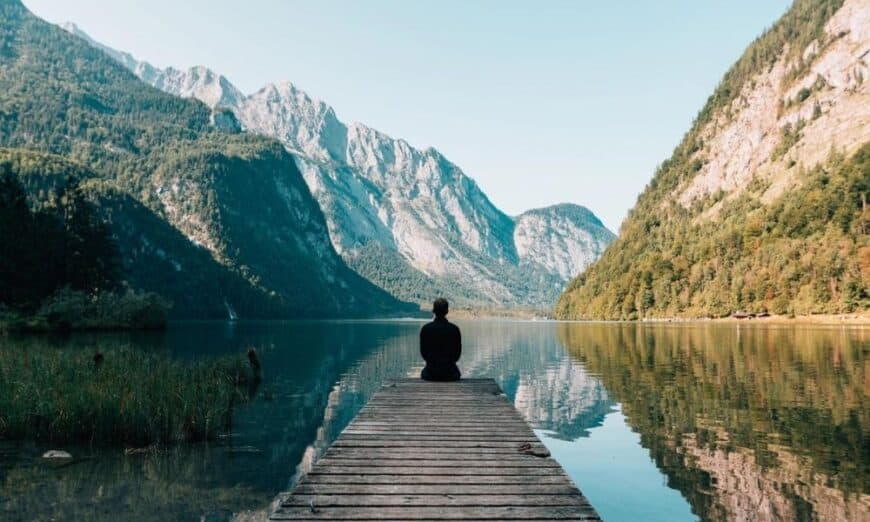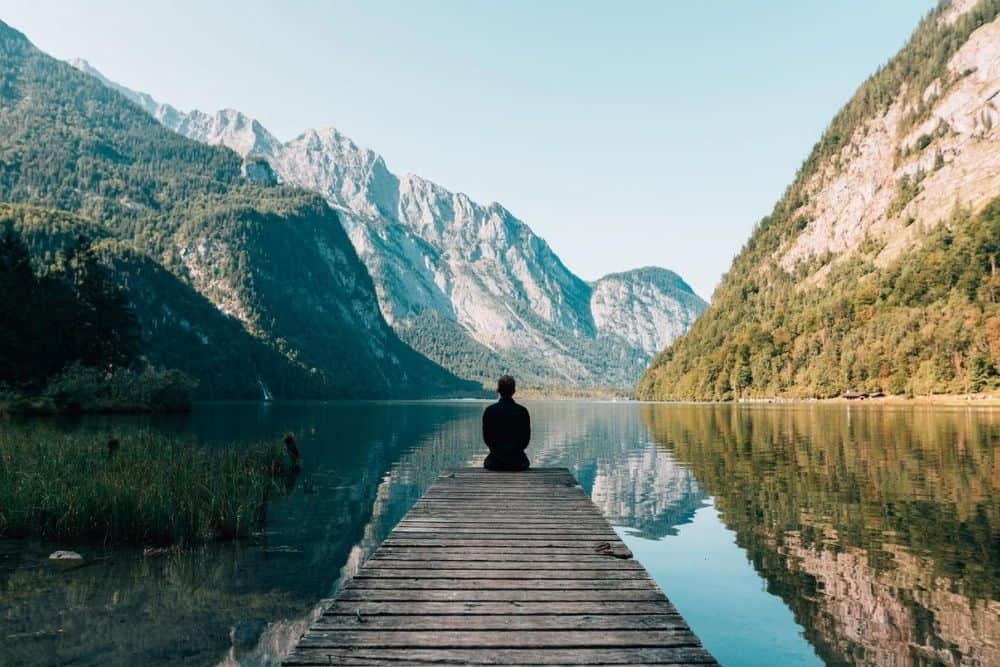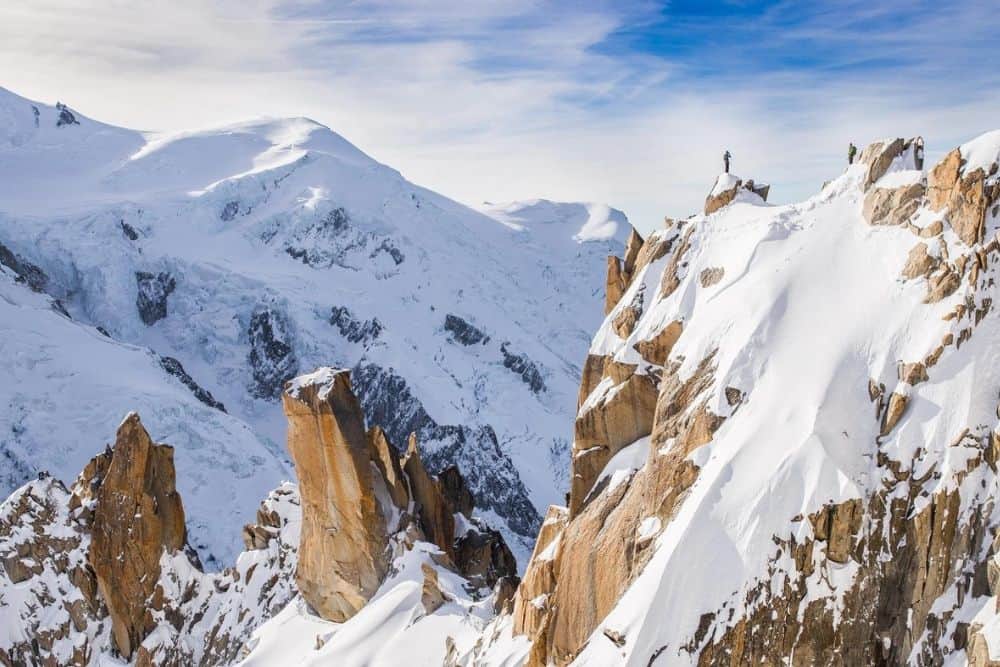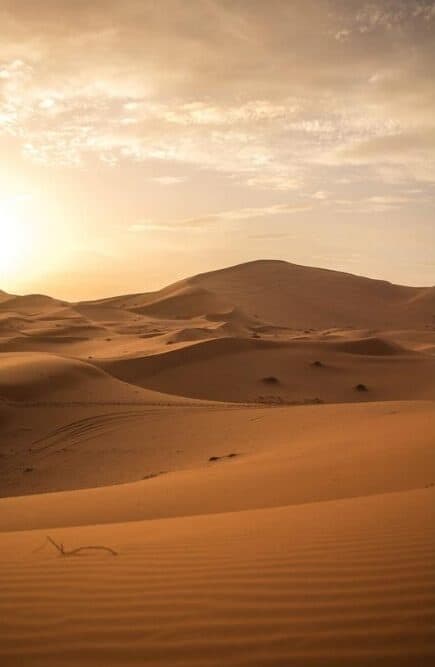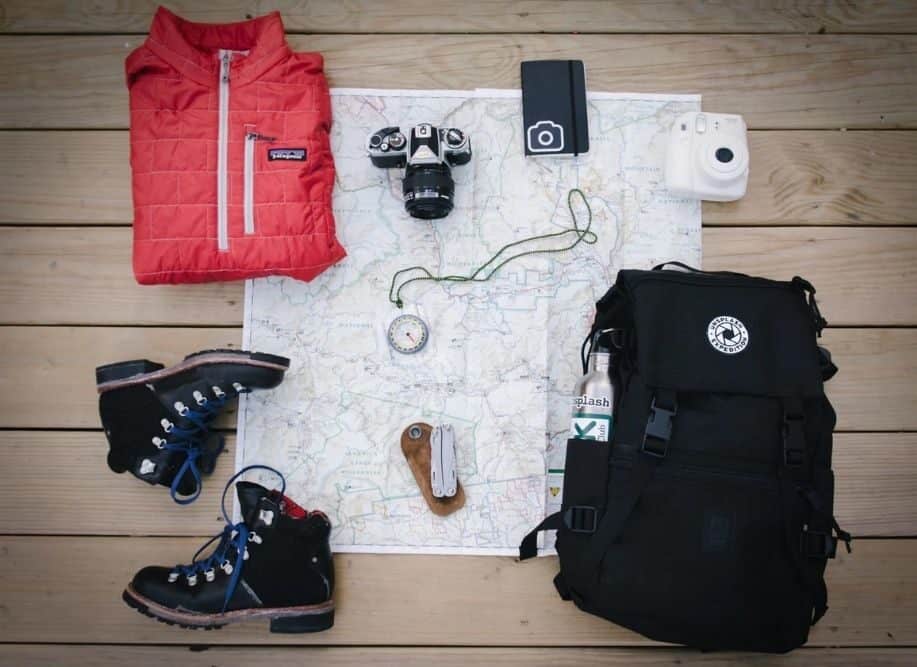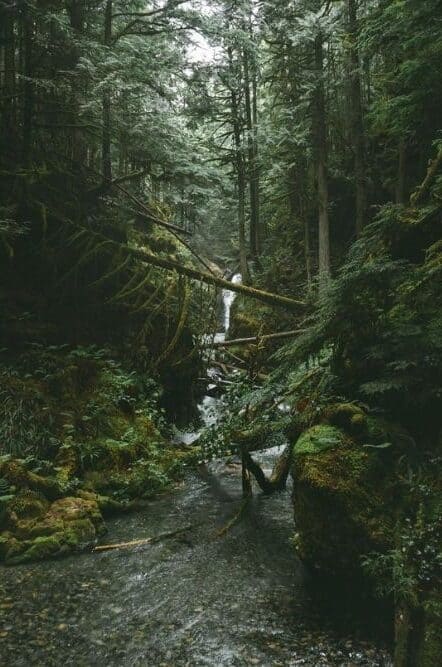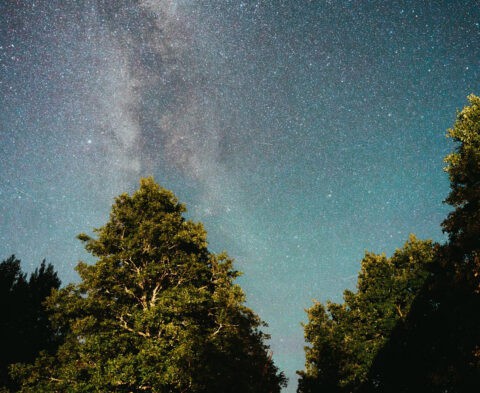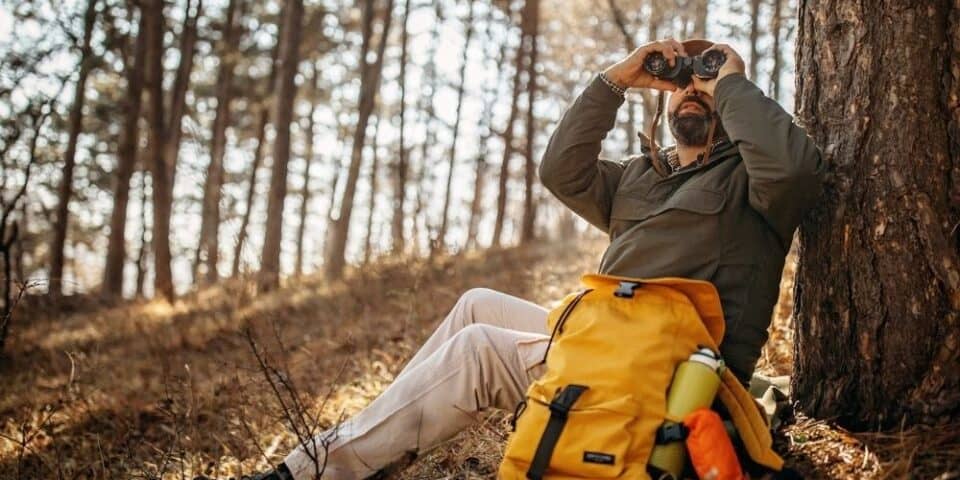Beautiful landscapes can be found in your own backyard. But sometimes the views that truly take your breath away can only be found after a long and difficult journey.
Remote destinations are an inspiring subject for photographers of every skill level. Whether you’re an avid photographer wanting to expand the reaches of your subject matter or an experienced explorer wanting to add a new camera into the mix, these landscape photography tips are a great place to start.
What is extreme landscape photography?
Extreme landscape photography is the work of photographers who take long expeditions to document hard-to-reach locations, often in challenging conditions. Their work captures regions of the earth on camera that few people will ever see with their own eyes.
Why is extreme landscape photography so popular?
The reason why this form of photography is widely admired is said best by Extreme Adventure Athlete, Ray Zahab: “Some of the greatest things we achieve in life are the things that are most difficult to come by.”
Zahab creates content on his long-distance runs and travels around the world, through hot deserts, frozen vistas, and lush forests.
Photographers who practice extreme landscape photography like Zahab reap the benefits of:
Once in a lifetime experiences
While traveling to rarely visited regions you acquire experiences that others seldom get. As landscapes around the world are disappearing or changing through climate change and deforestation, explorers of today may get to see these rare locations before they vanish.
Access to technology
Modern technology empowers us to do and learn more than ever before. There are apps that can teach you about typography, web resources with guidance on orienteering, and modern digital photography gear that enable us to easily bring powerful cameras far and wide.
Sharing with the world
Travel can broaden your mind, but not everyone has access to it. Going on expeditions to distant locations and recording your journey can give others the chance to see photographs of, and learn about, unfrequented places.
Connection and knowledge exchange
Approaching travel with respect, openness, and desire to learn, can spark genuine connections. These connections can create invaluable opportunities for learning, sharing, and teaching that you can’t experience elsewhere.
How do I get started with extreme landscape photography?
Extreme landscape photography is possible because of intense planning. Here are the four essential things you should do before trying your hand at it:
Get your mind and body in shape
Whether you want to venture to the South Pole or trek through the Amazon, peak mental health and physical fitness is required. You’ll need to be able to navigate difficult terrain and detrimental weather conditions, travel for long periods of time, live without the comforts of home, and have little human contact while you’re on an expedition.
Before you go, take the time to research what the weather conditions are like and what stressors you’ll be facing. Once you know what’s required of you to complete the trip, you can begin preparing your mind and body incrementally, so you’re ready when it’s time to depart.
For example, Zahab does a regular fitness practice and a short expedition six months before his annual long expeditions. This training prepares his body for the stress it will be under. He recommends that people interested in landscape photography expedition trips build up to them steadily like he does.
Understand local customs and requirements
Any time you travel, it’s important to familiarize yourself with the country you’ll be visiting. When going on an expedition it’s crucial.
Being in remote areas means you’ll be interacting with locals. Knowing what language they speak, their spiritual and cultural practices, as well as any social customs is important.
Also, ensure you have all required travel documents by the region’s local government, such as visas if necessary. Make sure your passport is up to date, and get any required vaccinations required by the country you’re wanting to explore.
Be a conscious traveler
When seeking out new landscapes, it’s crucial to approach every aspect of your travels with respect.
Be considerate of the land and the people who live on it. Abide by local customs, support the local economy, and avoid disturbing wildlife or their habitat.
And, importantly, when you’ve left the area, there should be no trace. As the saying goes, “Take nothing but photos, leave nothing but footprints.”
Get your gear sorted
Determining what equipment you’ll need depends on the conditions of your travels.
Here are five factors to consider when making decisions about what to pack:
- Temperature: What are the seasonal highs and lows? What are projected daytime and nighttime temperatures?
- Climate: Is the space you’re exploring humid or dry? Will there be snow, hail, rainfall, high winds, storms, or very dry conditions while you’re there?
- Wildlife: What local animals and plants should you be mindful of? Do you need equipment to protect yourself from them or avoid drawing them to you?
- Transportation: How far will you be travelling by foot, bike, boat, car, or plane? What will the conditions be while you’re travelling?
- Duration: How long will you be travelling for? How much of each of your supplies will you need? Are there re-stocking locations along the way?
What survival gear do I need for a landscape photography trek?
Aside from the basics of food, water, clothing, and shelter, influenced by each individual region’s nuanced challenges, essentials you’ll always need are:
- GPS for navigation
- Satellite phone for emergencies
- Physical maps of the location you’ll be travelling in
It’s extremely important to know how to read a map and have a deep knowledge of the area as well as the route you will be taking before going. You can never be too prepared when it comes to expeditions.
What camera equipment do I need for extreme landscape photography?
Extreme landscape photography gear should be selected based on the place you’ll be documenting, and on the types of photos you hope to take. The three main things you’ll want to consider are portability, weight, and ruggedness.
Portability
As the saying goes, the best camera is the one you have on you. Make sure your equipment is easy to carry. If it’s not, you likely won’t have your camera ready when a decisive moment happens in front of you.
Weight
The lighter, the better. Generally, mirrorless cameras are a great option because they’re lightweight and compact.
Glass is also extremely heavy, so it is smart to cut down on the number of lenses you take with you. For this reason, a wide angle to telephoto zoom lens can be a great option because it offers the flexibility of being able to take a range of different types of photos with one piece of equipment.
Ruggedness
Many environmental factors can harm your gear and affect its performance. Based on the hazards your equipment will face, prioritize which defensive features take priority. Here are some key ones to look for when sourcing equipment to take along on expedition:
- Moisture protection: Is it waterproof or water-resistant?
- Particle defense: Is it dustproof, or does it have protection against sand?
- Temperature limitations: What are its maximum and minimum operating temperatures?
This information will explain what each camera can handle and help you pick the ideal one.
Recommended gear for great landscape photography
If you are ready to start getting equipment for your distant adventure, here are some great investments to make:
Photography gloves
Shooting with bare hands in cold weather can put you at risk of frostbite but trying to operate your camera with traditionally warm gloves on is nearly impossible. To keep your hands warm while shooting outdoors, camera gloves are an amazing purchase.
They’re also the perfect thing to add to your holiday season wish-list or to gift a photographer friend, since they’ll be usable immediately in the winter months.
These Vallerret Markhof Photography Gloves are a cold weather photographer’s dream. ‘
With a 100% Merino wool inner layer and a water-resistant outer shell they’ll keep your hands dry and warm, while leaving the tip of your index finger and thumb free to operate your camera.
Lightweight tripod
While in the wilderness you might want to take a time exposure of the night sky or steady your camera to cut down on hand-held shake.
Just as useful at home as on the trail, lightweight tripods are fantastic because they provide support in many scenarios.
This Vanguard VEO Tripod that converts into a monopod offers versatility to landscape photographers. It sports reversable legs for compact folding and an aluminium body that won’t weigh down your bag—ideal for extreme landscape photographers.
Flexible backpack
Your bag is essential for securely transporting your gear. So, you’ll want one that’s comfortable to wear, easy to open, and multipurpose, like this well-designed, weatherproof Peak Design Everyday Backpack. It provides landscape photographers a chance to carry their equipment safely while opening the zipper with one hand for easy access.
Final Thoughts
You’re ready now to start making your own extreme landscape photography expedition happen!
If you research deeply and prepare fully, you can make it to the places some people only ever imagine.
What’s Next
- Learn about Henry’s Price Promise
- Find a Henry’s near you
- Protect your purchase with Henry’s Extended Life Plan
The content from this article originally appeared in Henry’s & Sony’s ‘Travel Photography’ online event with speaker, Ray Zahab. To view a recording of the event, click here.
